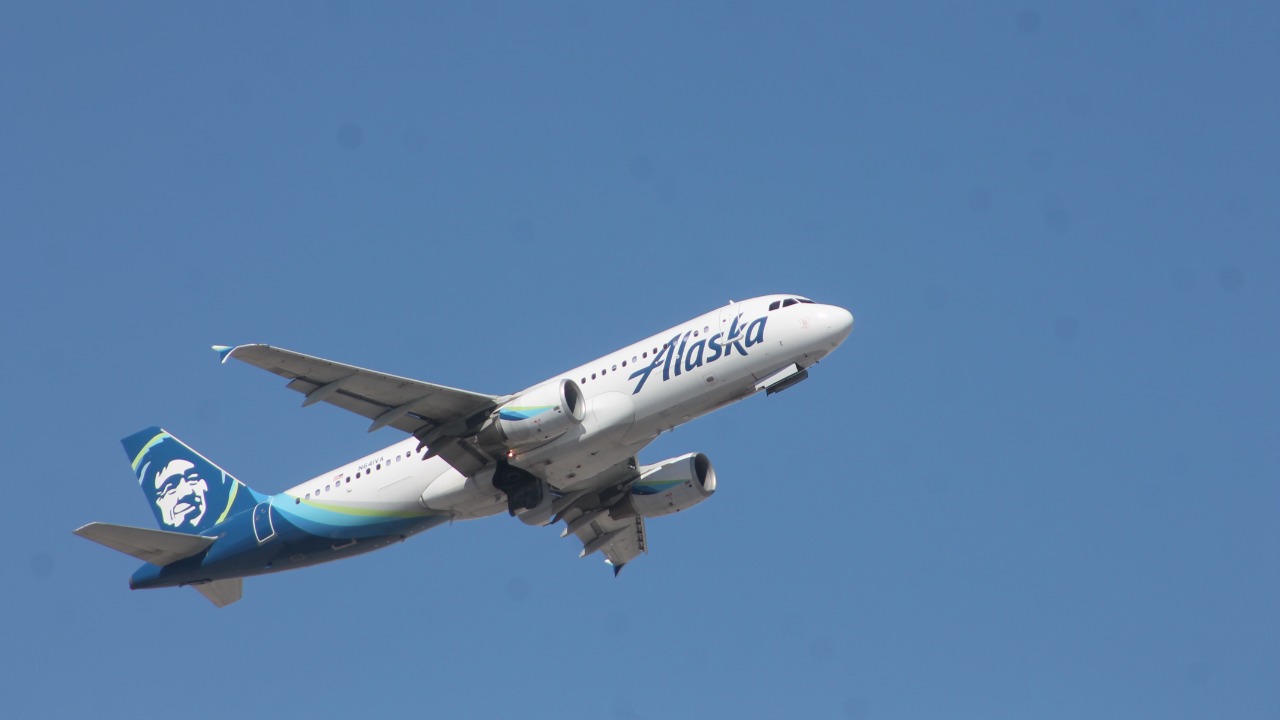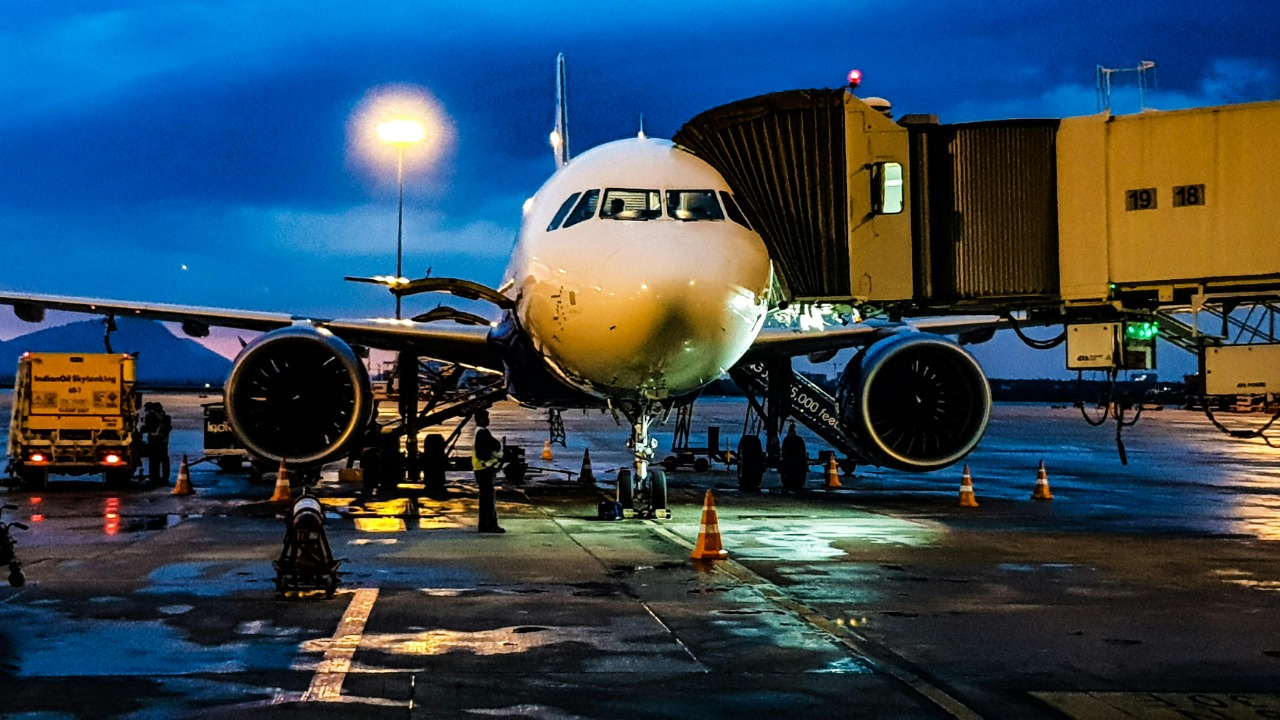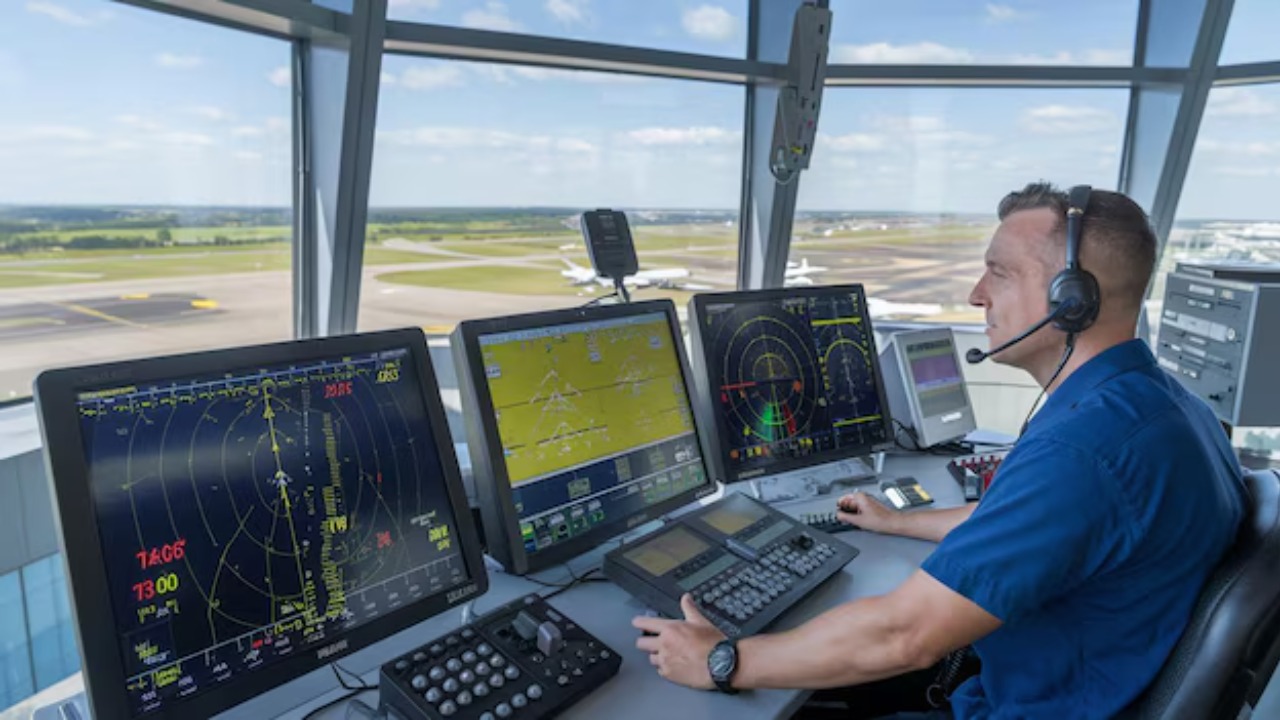
Hollywood has a knack for taking creative liberties, especially when it comes to aviation. Many movie scenes have led us to believe in myths that simply don’t hold up in reality. From explosive decompression to the portrayal of pilots, these misconceptions can shape our understanding of air travel in surprising ways.
1) The Myth of Explosive Decompression Causing Catastrophic Structural Failure

In many action-packed movies, explosive decompression is a dramatic event that can tear an airplane apart in seconds. While it’s true that decompression is serious, the catastrophic structural failures depicted are largely exaggerated. Airplanes are built to withstand significant pressure changes, and the likelihood of an entire fuselage being ripped open is slim. In reality, an explosive decompression would typically result in a rapid but manageable loss of cabin pressure. Pilots are trained to handle such situations by descending to a safe altitude where passengers can breathe without supplemental oxygen. The odds of a Hollywood-style disaster are minimal, but it makes for an exciting cinematic moment.
2) The Perception of Pilots as Mysterious Mavericks

Thanks to films like “Top Gun,” pilots are often seen as daring mavericks living on the edge. While the image of the bold, rule-breaking pilot is thrilling, it doesn’t reflect the reality of the profession. Pilots are highly trained professionals who adhere to strict regulations and procedures. They undergo rigorous training and are continuously evaluated to ensure passenger safety. The portrayal of pilots as lone wolves doesn’t do justice to the teamwork and coordination required in the cockpit. The real-life focus is on precision, communication, and ensuring the safety of all aboard, not on individual heroics.
3) The Belief That Oxygen Masks Supply Unlimited Air

When oxygen masks drop in a movie, it seems like they provide endless air. In reality, these masks are designed to deliver a limited amount of oxygen, typically lasting around 12-20 minutes. This is usually enough time for the pilots to descend to an altitude where the cabin can be safely pressurized. The oxygen supply is part of a carefully calculated system to ensure passenger safety during emergencies. The idea of endless oxygen is appealing, but the truth is that these systems are designed for efficiency and effectiveness, not prolonged use.
4) The Illusion of Evacuating an Aircraft in Seconds

Movies often show passengers calmly evacuating an aircraft in mere seconds, but the reality is more complicated. In an actual emergency, an efficient evacuation is crucial, but several factors come into play. Passengers must follow crew instructions and use the nearest exit, which might not be the one they boarded through. The Federal Aviation Administration (FAA) requires aircraft to be evacuated in under 90 seconds, but this timeframe can feel much longer in a real-world scenario. The process is methodical and relies on passenger cooperation and crew training to ensure everyone exits safely.
5) The Notion That Air Traffic Controllers Are Constantly on the Brink of Chaos

Hollywood loves to show air traffic control rooms as chaotic environments, with controllers frantically trying to prevent disasters. While the job is undoubtedly demanding, it’s far from the chaos often depicted. Air traffic controllers work in a highly structured environment, using advanced technology to manage aircraft movements efficiently. Coordination and communication are key, and controllers are well-trained to handle the pressures of the job. The notion that they are constantly teetering on the edge is more fiction than fact. For a deeper dive into aviation myths, you can check out this resource.